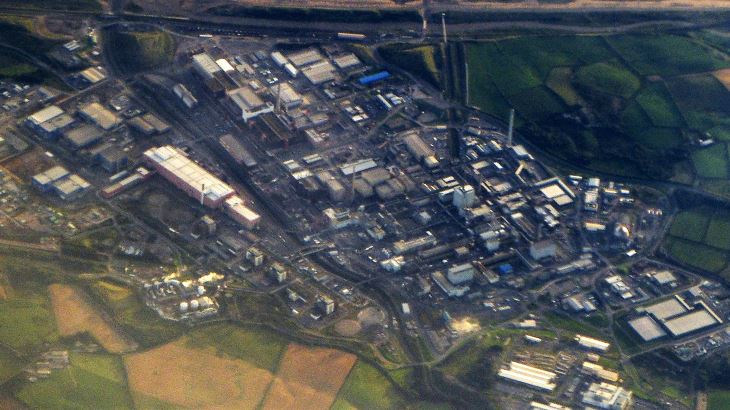RWM said a GDF will only be built where there is both a willing community and a suitable site. 'Siting factors' in England and Wales, which are guided by government policy and legislation, will inform evaluations of site suitability and conversations that RWM will have with communities as they emerge within the siting process. There are six siting factors, which cover: safety and security, community, environment, engineering feasibility, transport, and value for money.
"A facility will only be built where there is a suitable site and a willing community, so it is important that communities and their representatives understand how we will evaluate suitability," RWM CEO Karen Wheeler said. The site evaluation documents we have published today, set out the ‘siting factors’ which we will use to assess suitability as we work with communities interested in exploring the benefits and implications of hosting a GDF.”
RWM launched consultations on its draft approach to site evaluations in January 2019, which ran for 12 weeks. RWM received around 90 formal responses which have helped to inform RWM’s final approach.
The UK has used nuclear technology for more than 60 years - for power generation, industry, medicine and defence. These activities have created radioactive waste which needs to be managed safely. This waste is currently stored at more than 30 surface facilities across the UK, which have to be replaced every 50-100 years.
A GDF comprises a network of highly-engineered underground vaults and tunnels built to permanently dispose of higher activity radioactive waste so that no harmful levels of radiation ever reach the surface environment.





_18570.jpg)
_16159.jpg)
_49205.jpg)
_18938.jpg)





